Today we left Alamogordo to drive the roughly 200 miles to Carlsbad to visit Carlsbad Caverns National Park. On the way out of town, we made a brief stop at a local museum so I could log a cache and earn a souvenir. There are a couple of photos of the museum which "celebrates trains."
En route to Carlsbad, we drove through about 60 miles of mountainous New Mexico--mountains with conifer and decidious forests. At the summit, we passed through a ski resort town called Cloudcroft, elevation just over 8200 ft. "Ski New Mexico" is not a phrase which comes trippingly off most people's tongue, I don't think. Beautiful countryside.
Carlsbad Caverns consists of 119 caves, of which the biggest is called the Big Room. The Big Room is the largest chamber of any cave in North America, and it could contain 6 football fields with space left over. Another image they gave us was that it would contain two U.S. Capitol buildings easily. The walk around the perimeter is 1.25 miles, or 1.5 miles, depending on which sign you believe.
This is the cave which most people tour. The tour is self-guided; you have to sign up for an entry time (entry time reservation is $1 per person). You can either ride the elevator down or you can walk down. The Big Room is 750 feet below surface, so the walk down follows a steep series of switchbacks. The ranger warns you most strenuously befre you set out that if you have any problems with knees or mobility you should not walk.
We did the walk down, and I thought the real problem was not so much the steepness of the walk (though it is quite steep in a few places), but rather the darkness. The trail is not lit except indirectly in spots where they have illuminated features of the cave, and in many places you cannot see your feet, so you have to be very careful with every step about how you are putting your foot. The walk down is 1.25 miles and takes about an hour. Once you're at the bottom you can walk the entire perimeter of the room or you can take various shortcuts. We did the whole perimeter.
The reason that this cave is so large is that it was formed through a somewhat unusual process, consisting of the formation of sulfuric acid at the level of the water table.
The sulfuric acid essentially burned through the limestone reef and carved out the cave. You can read all about the geology of the cave here.
This is a really neat cave. The ceiling of this room is, at its highest point, 250 feet. There is a "bottomless pit" which actually goes down 140 feet, which they know because they sent someone down there to measure. As we walked around, I was repeatedly boggled by the idea that people came down here to explore without knowing anything at all about the cave, with no lights and no trails. These people were WAY more adventurous than I ever was.
We didn't see any of the animals that live in the cave, but they are here. There are raccoons, ring-tails, and 19 different kinds of bats. The most famous kind of bat is the Brazilian Free-Tailed Bat. They live here in the summer, and every night they fly out in the hundreds of thousands. The population varies, apparently, between 200,000 and 500,000 over the course of the summer. You can attend the Bat Flight program every evening from Memorial Day through October on a first-come, first-served basis, but you cannot use any electronic device at all--including cameras.
We did not try to go back down to the park to watch the flight, which is well past its height, which is in September, but there is video here, so you can see how amazing the sight is.
I've posted a number of photos--the cell phone did much better in the low light than the camera did--but there isn't much in the way of commentary. Most of the formations were not named or labeled, so you're looking at stalactites, stalagmites, and columns. Some of the formations are draperies, and the ones with all the little tiny dots are called popcorn.
Tomorrow we're making a dart-in, dart-out visit to Texas to pick up the last NPS site we have not visited in Texas. This will be another long driving day, but we don't want to leave one NPS site at the very furthest southern point in Texas--right on the Rio Grande, where New Mexico, Texas, and Mexico come together, when we've finished New Mexico and all of Arizona except two sites in the furthest northwestern corner of the state. It would be extremely difficult to get back here.

 Carlsbad Caverns National Park, New Mexico, United States
Carlsbad Caverns National Park, New Mexico, United States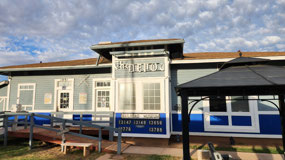

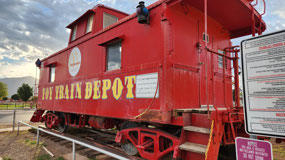
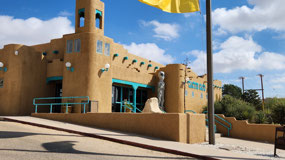


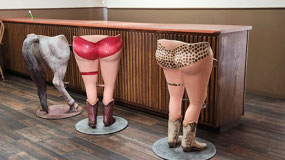
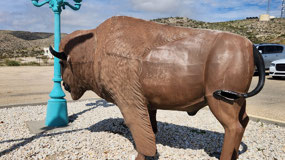
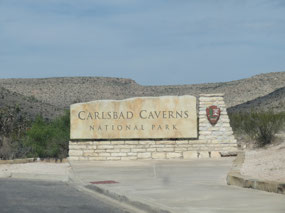
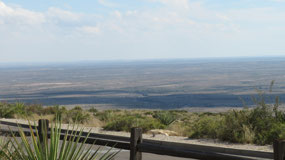
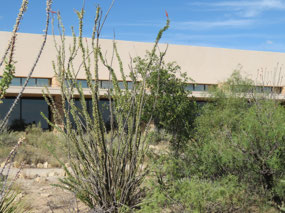
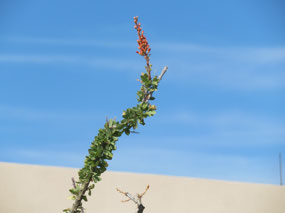
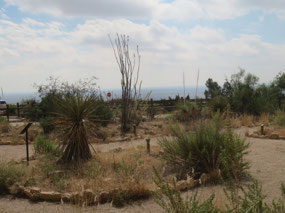
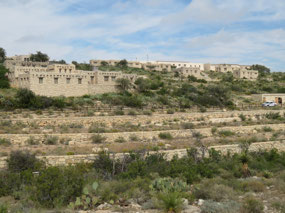
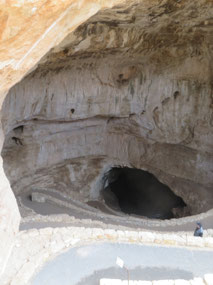
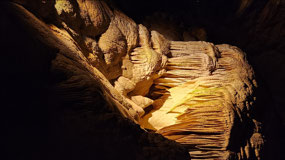
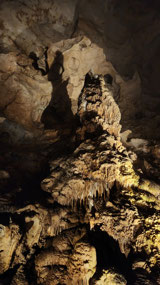
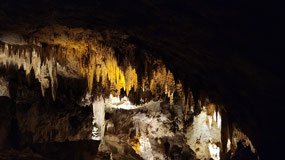
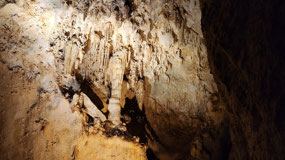
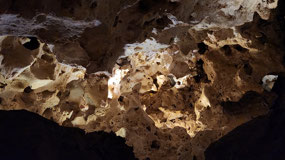
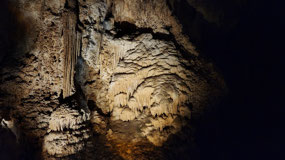

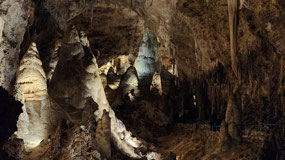
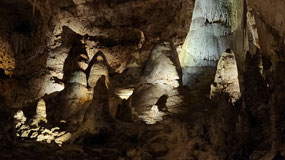

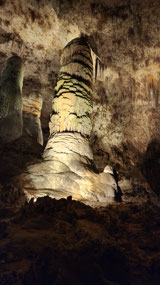
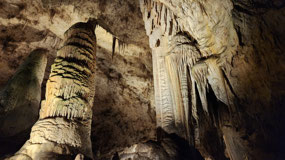
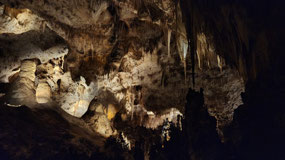
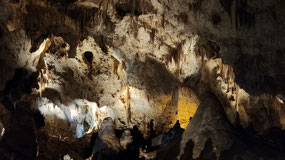

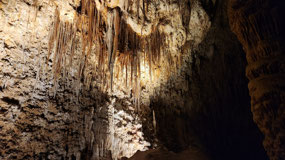

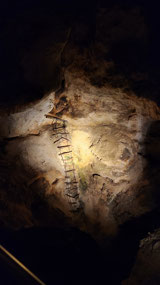
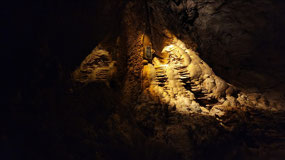
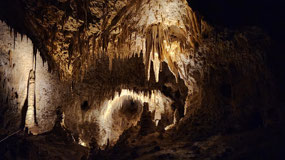
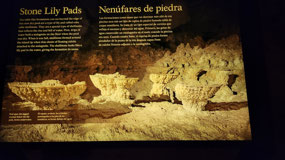
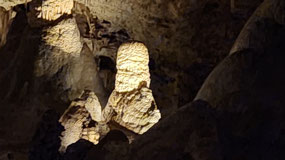
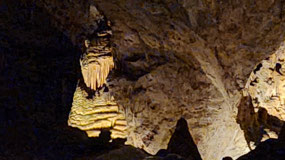
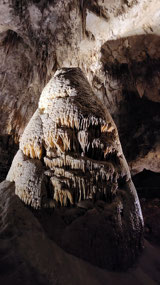
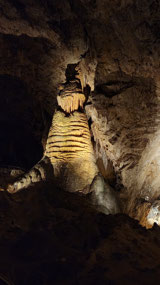
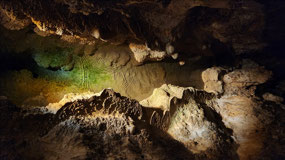

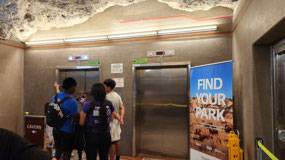
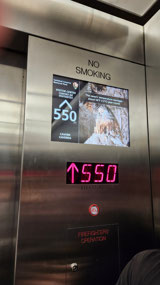
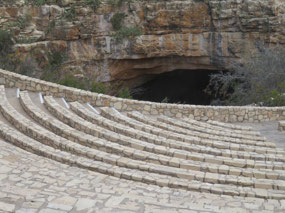
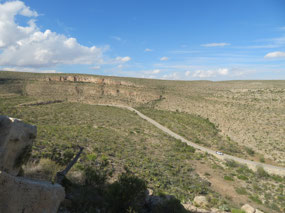
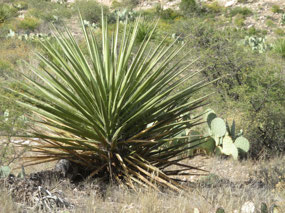
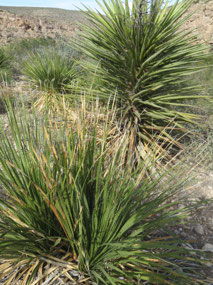
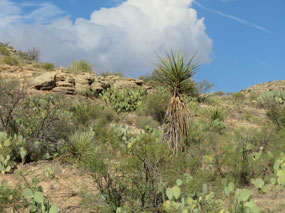
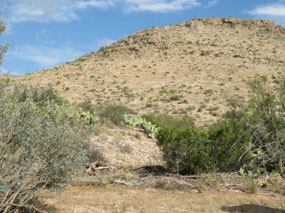
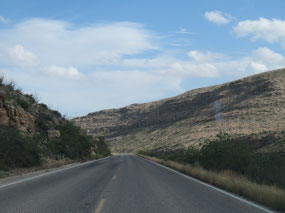
john n
2024-10-19
Ladder made of wire and wood?? Not me :-) Carlsbad vs Luray.?.? I like the old man and Jabba look a-likes. Kudos to Tim for letting you grab a cache!! Hope the tooth has chilled a bit. j - ps 73 in Richmond tomorrow :)